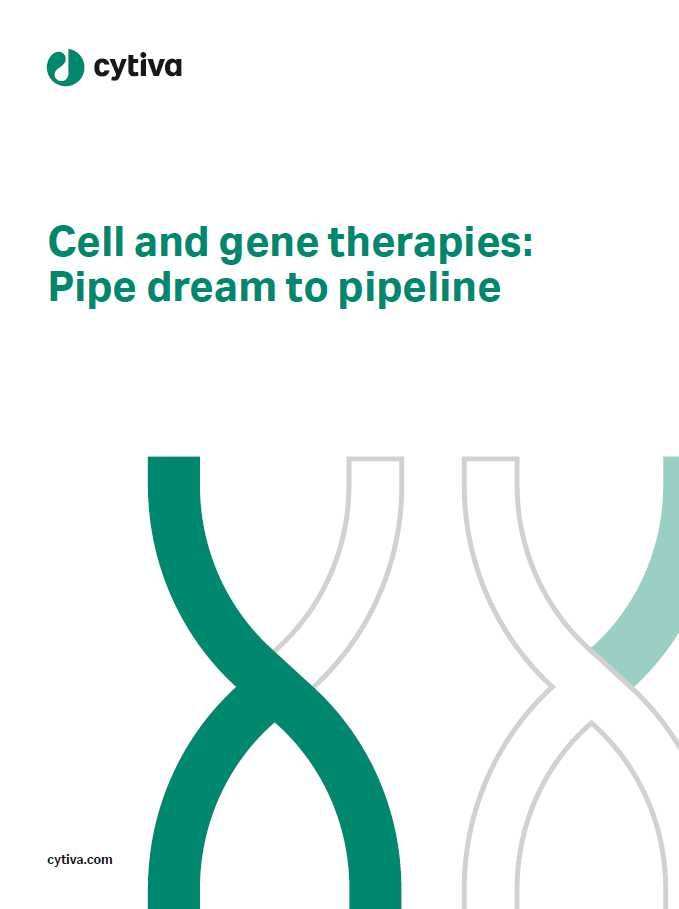

Australian research organisation Children’s Cancer Institute has announced the launch of a new clinical trial for the treatment of fatal childhood brain cancer, Diffuse Intrinsic Pontine Glioma (DIPG).
The trial, dubbed Levi’s Catch, which is launched for the first time outside of the US, will be conducted by doctors at Sydney Children’s Hospital, Randwick (SCH).
In the trial, a child’s own immune system will be used for specifically targeting the DIPG and diffusing the midline glioma tumours by modifying the T-cell therapy, which is also called CAR-T cell therapy.
It will use CAR-T cell therapy for genetically modifying immune cells of a patient in a laboratory, for engineering them to target and attack the tumour.
The immune cells will then be infused back into the patient and will scan and destroy the harmful cancer cells, without harming the other healthy cells.
Children’s Cancer Institute Brain Tumours Group leader and SCH Kids Cancer Centre senior staff specialist David Ziegler said: “This is a completely new way of attacking this deadly brain cancer. If we can take what we have already learnt in the use of CAR-T cell therapy for treating other childhood cancers and translate this to help treat kids with brain cancer, it could be a game changer.
“Every year, we see too many children die of this devastating disease. These children are what drives our research and reminds us that we need to be on the cutting-edge of research and treatment every, single day.”
“It’s because of these kids that we will never accept the status quo and will continue to push boundaries so children don’t have to die from DIPG.”
According to the research institute, on an average, 20 children in the country are diagnosed with DIPG every year and most of them die within 12 months of diagnosis.
Cell & Gene Therapy coverage on Clinical Trials Arena is supported by Cytiva.
Editorial content is independently produced and follows the highest standards of journalistic integrity. Topic sponsors are not involved in the creation of editorial content.






